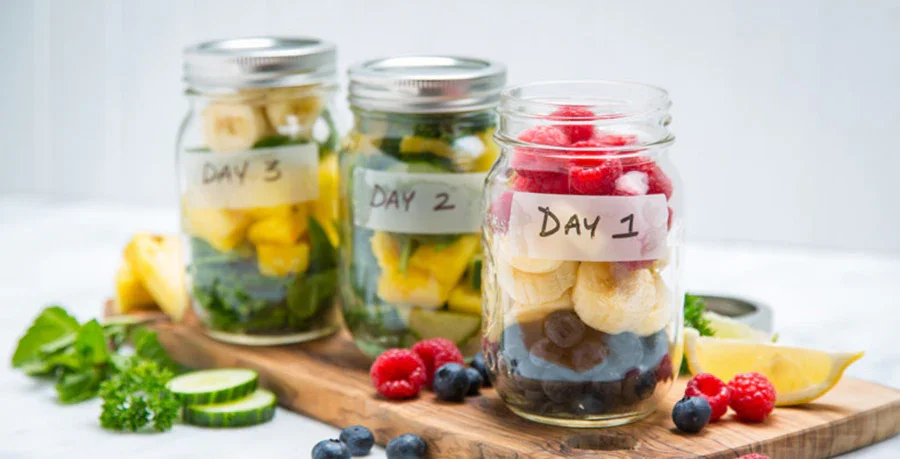Change How You Eat: A Path to Sustainable Living
Every meal is more than food, every meal is more than food, the choices in our meals reflect a connection to the people and the environment that surrounds us- our families, neighbors, local communities, and the planet. Research shows that the global food system contributes to nearly 30% of total greenhouse gas emissions. This includes everything starting from the growth process to how food is processed, transported, stored, and subsequently sold. Understanding this connection allows each household, whether you live alone or have a large family to make choices that nurture both people and the planet.
Understanding How Food Uses Resources
Different foods take different amounts of water, land, and energy to produce. Grains, legumes, fruits, and vegetables usually use fewer resources per serving, while animal-based foods like meat, poultry, seafood, and dairy need more. Being aware of these differences helps households plan meals that fit their values, traditions, and lifestyles.
For example, a household might:
Enjoy seasonal vegetables alongside their favorite proteins.
Experiment with grains like quinoa, millet, or barley.
Explore locally sourced foods to support nearby farmers and reduce transport impacts.
These choices help the planet and strengthen connections with local producers and communities.
Practical Habits for Every Household
Sustainable and planned eating can fit naturally into daily life, and it looks different for everyone. Here’s how to do it in practical ways, and why it matters:
Plan meals to use ingredients fully
Use all edible parts of vegetables, like broccoli stems, carrot greens, or beet tops, in soups, stir-fries, or pestos.
Repurpose leftovers: yesterday’s roasted vegetables can become today’s frittata or grain bowl.
Cook larger batches and freeze portions for future meals as this reduces waste and saves cooking time.
For grains or legumes, cook smaller portions and save extras for salads or fried rice.
Why it matters: Using ingredients fully prevents food waste, which lowers greenhouse gas emissions and reduces the demand on farms, helping both the environment and local food availability.
Store food creatively to preserve freshness
Keep fresh herbs in a glass of water like flowers, and cover loosely in the fridge to stay crisp.
Freeze overripe bananas for smoothies, baking, or pancakes.
Store chopped vegetables in airtight containers for quick weeknight meals.
Freeze leftover cooked grains in small portions for fast, balanced bowls.
Use freezer-friendly bags for sliced fruits or vegetables for easy grab-and-go meals.
Why it matters: Preserving food longer reduces waste and ensures that more of what we buy is actually eaten. Less waste means fewer resources used and a smaller carbon footprint for your household.
Connect with local producers
Visit farmers’ markets to pick seasonal produce.
Talk to vendors about how their food is grown and try something new based on their suggestions.
Join a community-supported agriculture (CSA) program to receive fresh ingredients weekly and plan meals around what arrives.
Why it matters: Supporting local farmers strengthens community economies, reduces emissions from long-distance transport, and keeps your meals fresh and seasonal.
Collective Impact
The choices we make at the table multiply when households and communities participate together. Sharing meals, supporting local producers, and including diverse ingredients in daily routines strengthen food systems. Each house can contribute to a healthier planet and a more connected community.
Meals are moments where knowledge meets action. Observing how flavors, seasons, and local resources come together teaches us about balance, interconnection, and the care that sustains both people and the world around us.
References
Jambeck, J. R., et al. (2015). Plastic waste inputs from land into the ocean. Science, 347(6223), 768–771.
Poore, J., & Nemecek, T. (2018). Reducing food’s environmental impacts through producers and consumers.Science, 360(6392), 987–992.
Food and Agriculture Organization (FAO). (2019). The State of Food and Agriculture: Moving forward on food loss and waste reduction. Rome.
Mekonnen, M. M., & Hoekstra, A. Y. (2012). A global assessment of the water footprint of farm animal products.Ecosystems, 15(3), 401–415.
Eshel, G., Shepon, A., Makov, T., & Milo, R. (2014). Land, irrigation water, greenhouse gas, and reactive nitrogen burdens of meat, eggs, and dairy production in the United States. PNAS, 111(33), 11996–12001.



